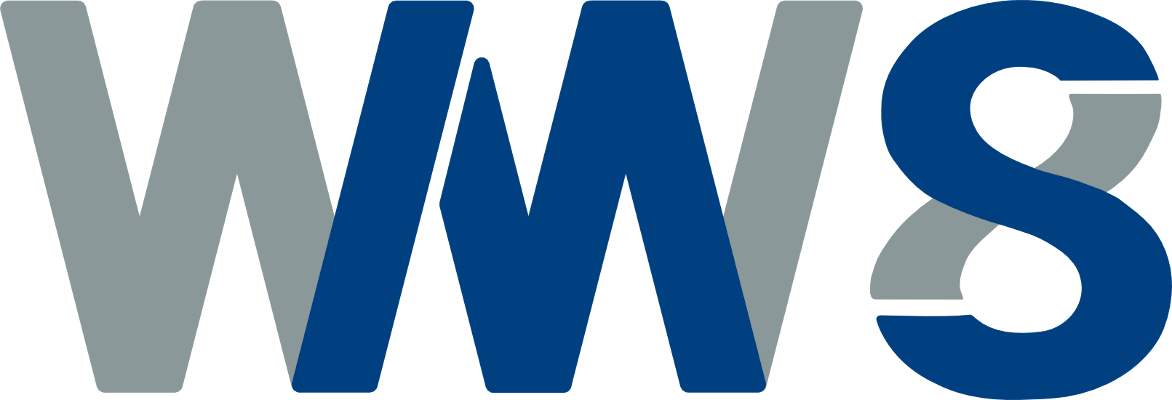Atomistic input to Discrete Dislocation Dynamics
Kinshuk Srivastava
Institute of Applied Materials (IAM-ZBS)
Karlsruhe Institue of Technology KIT
Wednesday, 3. July 2013, 17.00
WW8, Room 2.018-2, Dr.-Mack-Str. 77, Fürth
High yield and flow stress in bcc metals is attributed to the large intrinsic resistance called Peierls stress experienced by the screw dislocations. This is because of the non-planar nature of the dislocation core. Atomistic simulations at 0 K reveal that the dislocation behavior is strongly influenced by the effect of both the glide and non-glide components and orientation of loading on the screw dislocation core. At finite temperatures, the screw dislocations overcome the intrinsic energy barriers (Peierls barrier) at less than the theoretical stresses due to stress-assisted thermal activation of kink-pairs on screw dislocations and their subsequent migration along them.
Mesoscopic simulation tools like the discrete dislocation dynamics (DDD) which can provide an important link between microscopic processes and macroscopic behavior, must additionally account for these core-effects to simulate realistic dislocation motion.
We present a DDD scheme wherein the mobility of screw dislocations is governed by activation enthalpy of kink-pair nucleation obtained directly from atomistic data. Evolution of the dislocation micro-structure in micro-meter sized tungsten pillars containing an initial distribution of dislocation sources due to different loadings is discussed.

